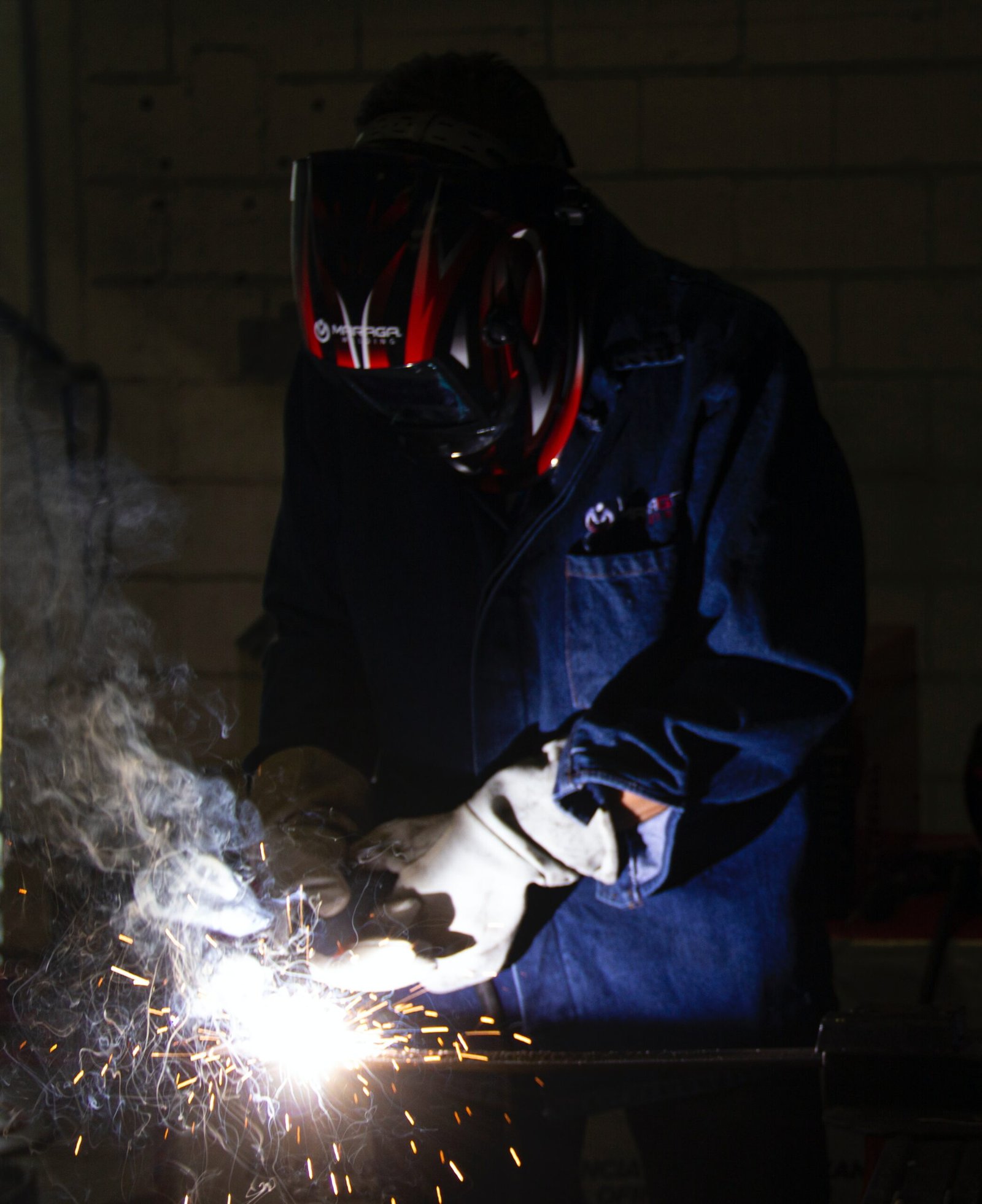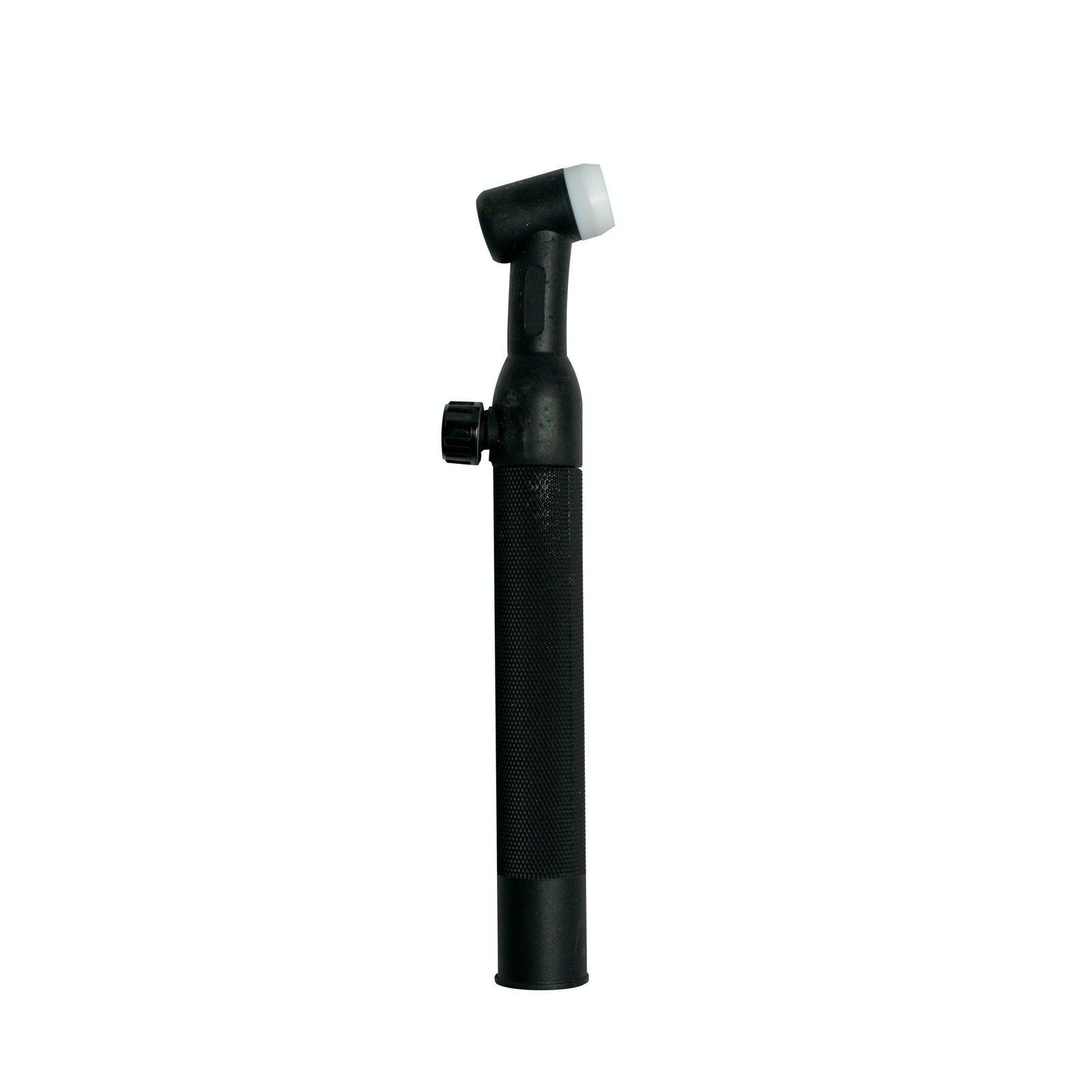MIG welding, also known as Metal Inert Gas welding, is a widely used welding process that utilizes a continuous solid wire electrode and a shielding gas to join two or more metal pieces together. One of the key components in MIG welding is the MIG welding machine, which plays a crucial role in ensuring a successful welding operation.
What is a MIG Welding Machine?
A MIG welding machine, also referred to as a MIG welder or a MIG gun, is a device that generates the necessary heat and electrical current to perform MIG welding. It consists of several components, including a power source, a wire feeder, a welding gun, and a shielding gas system.
The power source provides the electrical current required for the welding process. It can be powered by electricity from a standard power outlet or by a generator. The wire feeder is responsible for continuously feeding the welding wire through the welding gun at a controlled rate. The welding gun, which is held by the welder, directs the wire electrode to the weld joint and releases the shielding gas to protect the weld pool from atmospheric contamination.
The shielding gas system is an essential part of the MIG welding machine. It supplies a protective gas, such as argon or a mixture of argon and carbon dioxide, to create a shield around the weld pool. This shield prevents the molten metal from reacting with oxygen and nitrogen in the air, which could result in poor weld quality.
Purpose of MIG Welding Machines
MIG welding machines serve multiple purposes and are widely used in various industries and applications. Here are some of the key purposes of MIG welding machines:
1. Versatility
MIG welding machines are known for their versatility. They can be used to weld a wide range of metals, including carbon steel, stainless steel, aluminum, and copper alloys. This versatility makes them suitable for a variety of applications, such as automotive, construction, manufacturing, and fabrication.
2. Speed and Efficiency
MIG welding machines are designed to provide fast and efficient welding. The continuous wire feed and the ability to weld in various positions make MIG welding a quick process. This speed and efficiency make MIG welding machines ideal for high-volume production environments where time is of the essence.
3. Ease of Use
MIG welding machines are relatively easy to use, even for beginners. The process involves a simple setup, and the continuous wire feed eliminates the need for frequent electrode changes. Additionally, MIG welding machines offer adjustable settings that allow welders to control the welding parameters, such as voltage and wire feed speed, to achieve the desired weld quality.
4. Clean Welds
MIG welding machines produce clean and aesthetically pleasing welds. The shielding gas creates a protective atmosphere that minimizes spatter and reduces the need for extensive post-weld cleaning. This makes MIG welding ideal for applications where the appearance of the weld is important, such as in automotive bodywork or architectural structures.
5. Cost-Effective
Compared to other welding processes, MIG welding is generally considered more cost-effective. The continuous wire feed reduces material waste, and the high welding speeds contribute to increased productivity. Additionally, the versatility of MIG welding machines allows for the use of a wide range of affordable filler metals, further reducing costs.
In conclusion, a MIG welding machine is a vital tool used in the MIG welding process. Its purpose extends beyond simply providing the necessary heat and electrical current. MIG welding machines offer versatility, speed, efficiency, ease of use, clean welds, and cost-effectiveness, making them a popular choice in various industries.


